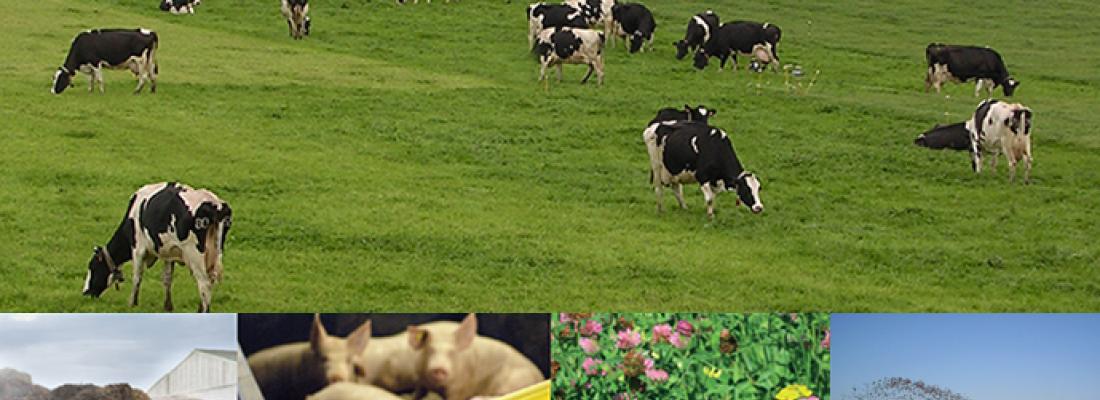Agroecology Reading time 3 min
Nitrogen flows associated with livestock farming. Reducing loss and restoring balance.
Published on 19 January 2012

In France, nitrogen is commonly perceived as a source of freshwater and aquatic environment pollution, caused by nitrates. In fact, nitrogen is also the source of other nitrogen compound emissions that, through various channels, adversely affect air quality, and contribute to acidification, eutrophication, the loss of natural biodiversity, the destruction of the ozone layer, and to climate change.
Livestock farming is central to the “nitrogen cascade”. The feed, grain, oilcakes, and fodder livestock farms use are rich in nitrogen, and are in part produced using mineral nitrogen fertilizers. However, less than half the nitrogen consumed by animals is transformed into milk, meat, or eggs. The remainder is passed in animal waste and is either recycled for agricultural use or is discharged into the environment.
The report’s aim was to measure nitrogen flows into the environment and to identify available measures to reduce nitrogen emissions and other farm waste from livestock farms and from other types of farming systems. In particular, the report studied the various indicators available, such as soil–soil surface balance and life cycle analyses, to measure nitrogen emissions on different scales, from animal to landscape. The report also studied the various economic tools, such as quotas, regulations, or taxes, that could be put in place.
Nearly 20 researchers from INRA, IRSTEA (France’s National Research Institute of Science and Technology for Environment and Agriculture), and CNRS, worked together on the project along with three international experts from the Wageningen Research Centre, in the Netherlands, and Agriculture and Agri-Food Canada.
Expert Report
Collective expert report on nitrogen flows associated with livestock farming conducted by INRA at the request of the French Ministries responsible for Agriculture and Ecology.
